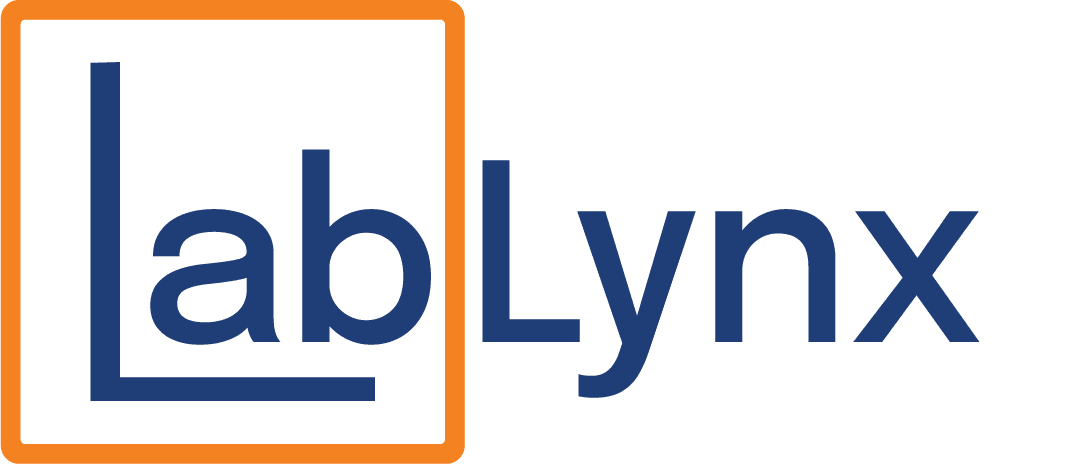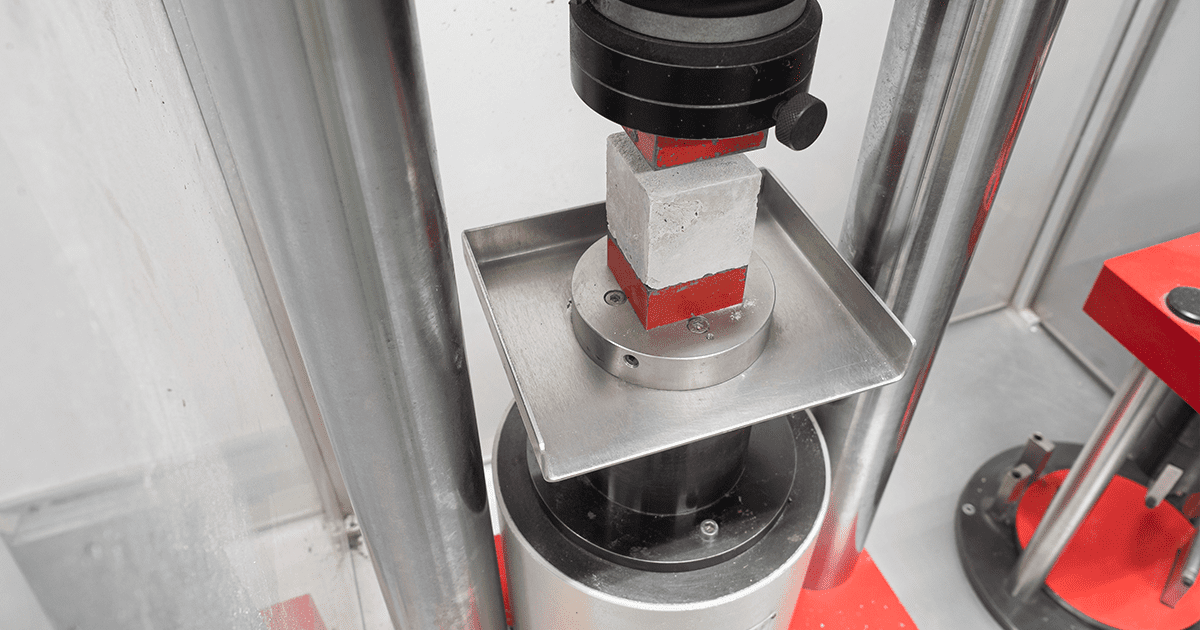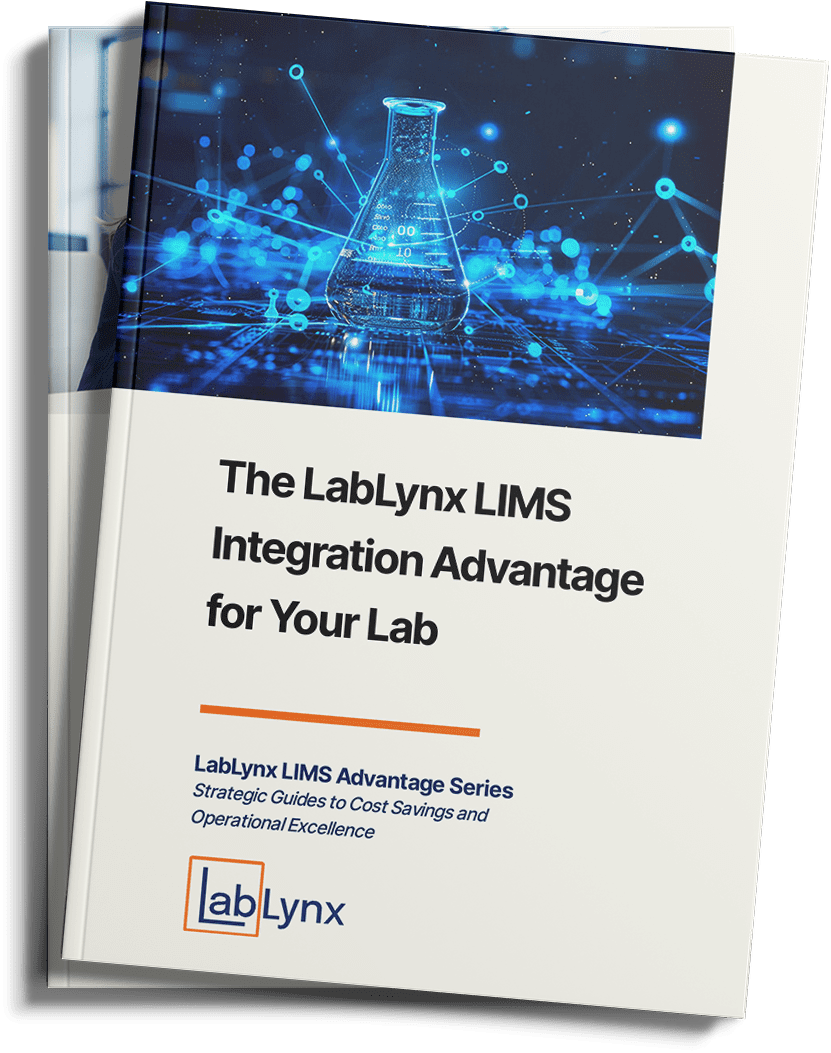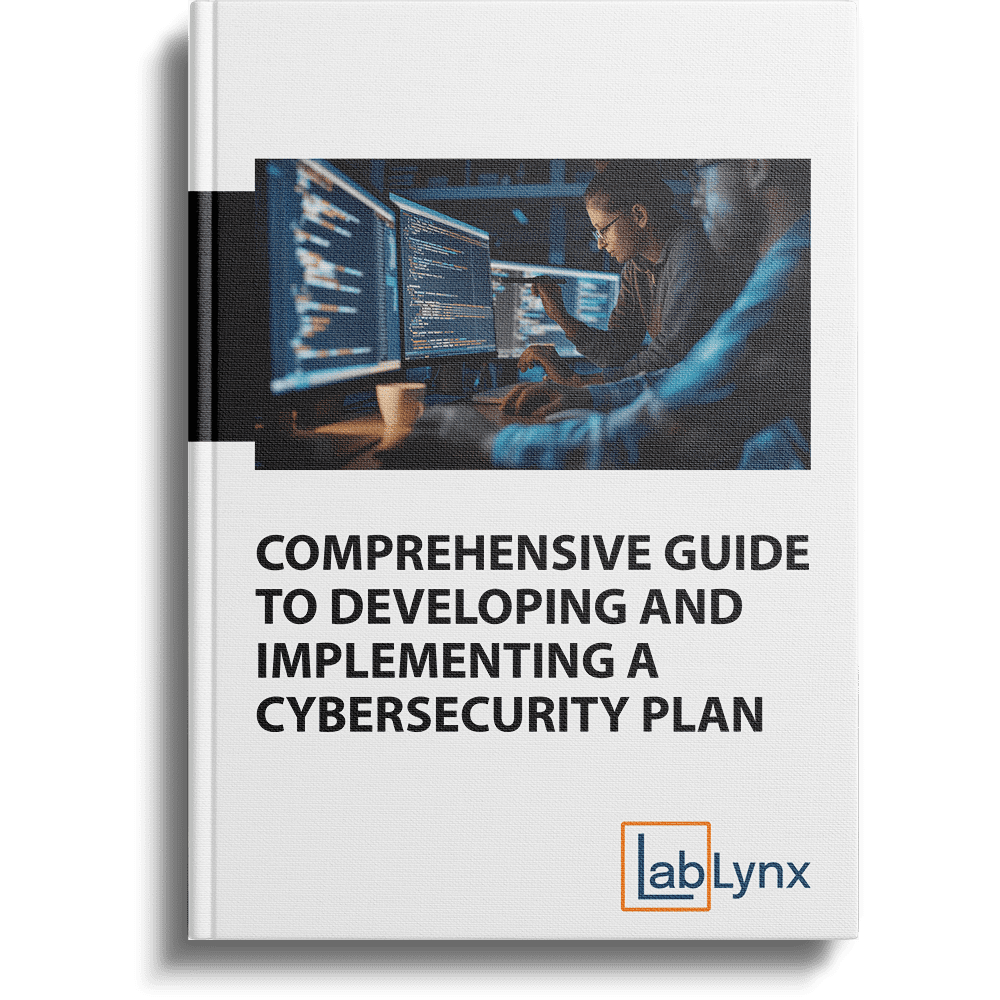Materials testing to a standard test method
A standard test method is a result-yielding analytical procedure that is “definite, unambiguous, and experimentally viable, as well as being reproducibly effective,” typically developed by a collection of experts in the field of measurement being analyzed.[1] Standard-based methods developed from the input of the international community, in theory, represent a more global consensus on an analytical test and lend strength to international trade and overall consumer confidence. Or as the National Research Council puts it: “Testing against specific standards provides independent data to support manufacturer’s declarations of conformity to purchaser specifications or government regulations.”[2]
However, unless mandated by federal regulation or a respected international accreditation body, such standards are not compulsory, and materials testing labs may turn to a competing standard or even develop their own non-standard test methods for newly discovered materials for which existing standard-based methods can’t be applied.[1] Even when laboratory accreditation is involved, one accrediting body may require the lab to use one set of standardized test methods, while another accrediting body may have a slightly different set of standardized test methods that are recommended. Throw in state regulations that require slight modifications to existing standards, and the testing picture gets even more complex.
From this picture, we realize that the landscape for materials testing, conformity assessment, and lab accreditation requirements, at least in the United States, is highly heterogeneous across cities, states, and the federal government, and this has been the case for decades.[2][3][4] With testing and certification requirements for materials and the products made from them having redundancy, especially across state and local borders, the promotion of a more uniform federal-level recognition program that involves the positive assessment of conformity assessment accreditors of laboratories has been called for.[2][4] Such federal recognition programs encourage the homogenization of laboratory conformity assessment and testing to internationally recognized standards, potentially reducing regulatory- and standards-based inefficiencies and increasing quality-based competition in laboratory testing and certification of materials.[2] Such federal recognition programs have gradually come online, such as the U.S. Food and Drug Administration’s (FDA’s) Standards and Conformity Assessment Program (and the related FDA Standards Recognition Program) for those evaluating materials for and developing medical devices in the U.S.[5] That said, the sheer breadth of testing and certification standards in materials testing is nonetheless still highlighted through the dearth of federal recognition programs for laboratory testing and accreditation.
An arguably representative sample of entities developing standardized test methods for material testing includes:
- Aerospace Industries Association (AIA/NAS/NASM)
- American Architectural Manufacturers Association (AAMA)
- American Association of Textile Chemists and Colorists (AATCC)
- American National Standards Institute (ANSI)
- American Petroleum Institute (API)
- AOAC International (Association of Official Agricultural Chemists; AOAC)
- ASTM International (ASTM)
- Automakers (Ford, GM, Honda, PACCAR, Peugeot, Subaru, Tesla, Toyota, Volvo, etc.)
- Canadian Standards Association (CSA)
- Deutsches Institut für Normung (DIN)
- European Telecommunications Standards Institute (ETSI)
- Government and military entities (Consumer Product Safety Commission, CSFA, EPA, FDA, MIL, MMM, NAVSEA, United Nations Economic Commission for Europe, etc.)
- Industrial Fasteners Institute (IFI)
- International Electrotechnical Commission (IEC)
- International Maritime Organization (IMO)
- International Organization for Standardization (ISO)
- International Safe Transit Association (ISTA)
- Japanese Standards Association (JAS/JIS)
- NACE International (National Association of Corrosion Engineers; NACE)
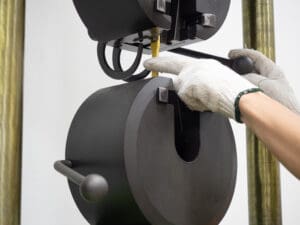
- National Fire Protection Association (NFPA)
- New York State Department of Transportation (NNSSCM/SCM)
- Pressure Sensitive Tape Council (PSTC)
- Suppliers of Advanced Composite Materials Association (SACMA)
- SAE International (SAE/AMS/AS)
- TAPPI (Technical Association of the Pulp and Paper Industry; TAPPI)
- Truss Plate Institute (TPI)
- United States Pharmacopeia Convention (USP)
From these entities, we find standard-based methods such as:
- AATCC TM035-TM35-TM 35 Test Method for Water Resistance: Rain[6]
- DIN 25410 Nuclear facilities – Surface cleanliness of components[7]
- IFI-124:2002 Test Procedures for the Performance of Nonmetallic Resistant Element Prevailing-Torque Screws[8]
- PSTC 101 Peel Adhesion of Pressure Sensitive Tape[9]
- TAPPI/ANSI T 804 OM:2020 Compression test of fiberboard shipping containers[10]
Regulations involving materials testing
It is not unusual for regulations to require engineering, manufacturing, and test method standards, particularly where the regulation is in place to protect public safety. For example, the U.S. Federal Highway Administration Department of Transportation has standards for regulations affecting the design of highways and bridges in the form of U.S. 23 CFR 625.4.[11] That regulation incorporates AASHTO LRFD Bridge Design Specifications and AASHTO LRFD Bridge Construction Specifications, which in turn includes ASTM F3125 Standard Specification for High Strength Structural Bolts, Steel and Alloy Steel, Heat Treated, 120 ksi (830 MPa) and 150 ksi (1040 MPa) Minimum Tensile Strength, Inch and Metric Dimensions.[12] The materials testing lab isn’t affected directly by the regulation, as such. Still, if the lab specializes in testing fasteners, it surely will want to be aware of the regulations that, in turn, drive the test methods the lab will want to use to serve its client base.
Another example involves transporting hazardous materials, as U.S. 49 CFR Part 171 regulates. A wide variety of materials testing standards are incorporated within this regulation, including ASTM A370 Standard Test Methods and Definitions for Mechanical Testing of Steel Products and ASTM E290 Standard Test Methods for Bend Testing of Material for Ductility.[13] In this case, pressurized tank car tanks are mandated to be constructed in a certain way to transport hazardous materials safely, and the materials used in them are affected by these standardized test methods. Like the fasteners in the previous example, the materials lab isn’t directly affected by these regulations, but the lab testing or certifying to these standards is part of the overall manufacturing chain and inevitably has at least a small interest in understanding who is impacted down the manufacturing chain.
An example of regulations affecting materials testing laboratories more directly involves the element of safety. The analysis of hazardous chemicals, radioactive materials, and even some construction materials will involve additional mindfulness due to those materials’ physical, chemical, and biological characteristics. As such, regulations such as U.S. 29 CFR § 1910.1450 – Occupational exposure to hazardous chemicals in laboratories will affect materials testing laboratories handling materials that fall under the umbrella of the regulation.[14] Similarly, 10 CFR § 20.1101 – Radiation protection programs will affect materials testing laboratories with a radioactive materials license, helping them ensure personnel and the public are safe while testing radioactive materials.[15]
References
- Stable Micro Systems Ltd (11 February 2021). “Materials Testing: Should You Change from the Standard Test Method Approach?”. AZO Materials . Retrieved 08 November 2023.
- National Research Council (15 March 1995). “Chapter 3: Conformity Assessment”. Standards, Conformity Assessment, and Trade: Into the 21st Century. Washington, D.C.: National Academies Press. pp. 65–102. doi: 10.17226/4921. ISBN: 978-0-309-05236-8.
- Arnhold, T.; Berner, W… “Conformity Assessment in the USA”. Ex-Magazine. R. Stahl AG. Retrieved 08 November 2023.
- Wirths, F. (14 March 2023). “Reduction of technical barriers to trade within the framework of the Transatlantic Trade Council (TTC)” (PDF). ZVEI e.V. Retrieved 08 November 2023.
- “Standards and Conformity Assessment Program”. U.S. Food and Drug Administration. 19 September 2023. Retrieved 08 November 2023.
- “AATCC TM035-TM35-TM 35 Test Method for Water Resistance: Rain”. American Association of Textile Chemists and Colorists. 2021. Retrieved 08 November 2023.
- “DIN 25410 Nuclear facilities – Surface cleanliness of components”. DIN Deutsches Institut für Normung e.V. December 2023. Retrieved 08 November 2023.
- “IFI-124:2002 Test Procedures for the Performance of Nonmetallic Resistant Element Prevailing-Torque Screws”. Industrial Fasteners Institute. 2013. Retrieved 08 November 2023.
- “PSTC 101 Peel Adhesion of Pressure Sensitive Tape” (PDF). Pressure Sensitive Tape Council. May 2007. Retrieved 08 November 2023.
- “TAPPI/ANSI T 804 OM:2020 Compression test of fiberboard shipping containers”. Technical Association of the Pulp & Paper Industry. 9 August 2020. Retrieved 08 November 2023.
- “Title 23, Chapter I, Subchapter G, Part 625, § 625.4 Standards, policies, and standard specifications”. Code of Federal Regulations. National Archives. 5 June 2023. Retrieved 08 November 2023.
- ↑ Hartmann, J.L. (1 December 2017). “Use of High Strength Fasteners in Highway Bridges”. Federal Highway Administration. Retrieved 08 November 2023.
- “49 CFR § 171.7 – Reference material”. Legal Information Institute – Electronic Code of Federal Regulations (e-CFR). Cornell Law School. Retrieved 08 November 2023.
- “29 CFR § 1910.1450 – Occupational exposure to hazardous chemicals in laboratories”. Legal Information Institute – Electronic Code of Federal Regulations (e-CFR). Cornell Law School. Retrieved 08 November 2023.
- “10 CFR § 20.1101 – Radiation protection programs”. Legal Information Institute – Electronic Code of Federal Regulations (e-CFR). Cornell Law School. Retrieved 08 November 2023.
